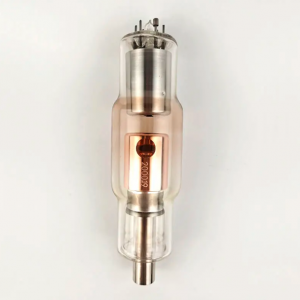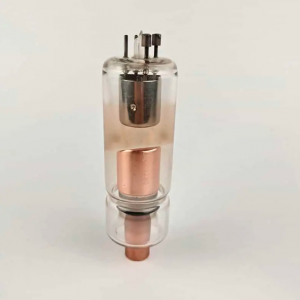Stationary anode X-ray tubes are an important part of medical imaging equipment, providing the necessary X-rays for the diagnostic process. To ensure the accuracy and longevity of these tubes, regular maintenance and care is essential. In this article, we discuss some key tips on how to maintain fixed anode X-ray tubes.
1. Clean the exterior:
Periodically clean the exterior of the X-ray tube to remove dust, dirt, and other contaminants. Gently wipe the surface with a soft cloth or a lint-free cloth dampened with a mild cleaning solution. Avoid using abrasive cleaners or applying excessive force, as this may damage the tube's protective coating. Keeping the exterior clean helps maintain proper cooling and prevents contamination.
2. Check for signs of damage:
Check the X-ray tube for any signs of damage such as cracks, chipped coating or loose connections. These problems can cause the tube to degrade or even fail. If any damage is found, immediately consult a qualified technician to evaluate and repair the pipe. Regular visual inspections are essential for early detection of potential problems.
3. Monitor tube temperature:
Overheating is a common cause of X-ray tube failure. Use a temperature monitoring device to regularly check the temperature of the tube during operation. Make sure that the piping does not exceed the temperature limits recommended by the manufacturer. If the temperature exceeds the specified range, identify and fix the root cause, such as insufficient cooling, improper technique, or prolonged use.
4. Clean the radiator and cooling fan:
The radiator and cooling fan are essential to dissipate the heat generated by the X-ray tube. Clean these components regularly to remove dust and debris that may impede airflow. Use compressed air or a brushed vacuum to gently clean the radiator and fan. Be careful not to damage any delicate parts. Adequate cooling is essential to maintain the performance and life of the X-ray tube.
5. Follow recommended guidelines for use:
Follow the manufacturer's guidelines for the safe and proper use of the X-ray tube. This includes following recommended exposure techniques and limitations to prevent unnecessary stress on the tubing. Avoid using pipe that exceeds its specified rating, as this may cause premature failure. Also, make sure the X-ray generator is properly calibrated to deliver accurate and consistent doses.
6. Perform Periodic Maintenance Checks:
Schedule regular maintenance checks of x-ray equipment, including fixed anode x-ray tubes. These inspections should be performed by a qualified technician to conduct a complete inspection, evaluate performance and replace any worn or malfunctioning components. Regular maintenance helps identify potential problems early and prevent major failures.
7. Keep the environment clean:
Ensure that the X-ray imaging room is kept clean and free of pollutants. Dust, dirt, and other particles can affect the performance of the X-ray tube and affect image quality. Regularly clean the floor, surfaces and air filters of the X-ray room to keep the environment clean. This is especially important in areas where X-ray tube replacement or repair is performed.
By following these maintenance tips, you can extend the life and optimize the performance of your stationary anode X-ray tube. Regular cleaning, temperature monitoring and following usage guidelines are essential for proper function. Additionally, regular comprehensive maintenance checks and maintaining a clean environment further ensure the longevity and accuracy of these vital components in medical imaging equipment.
Post time: Jun-26-2023



